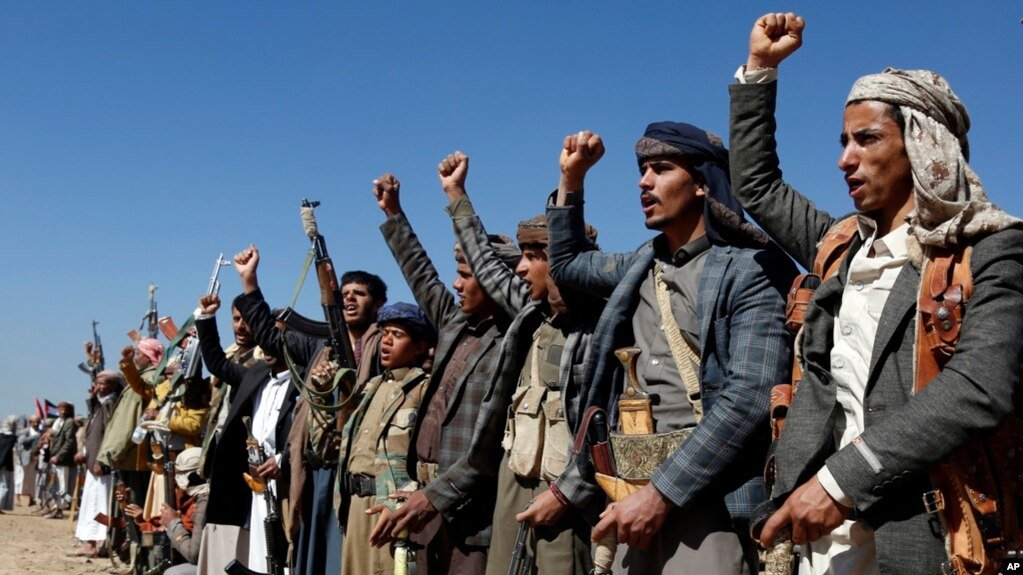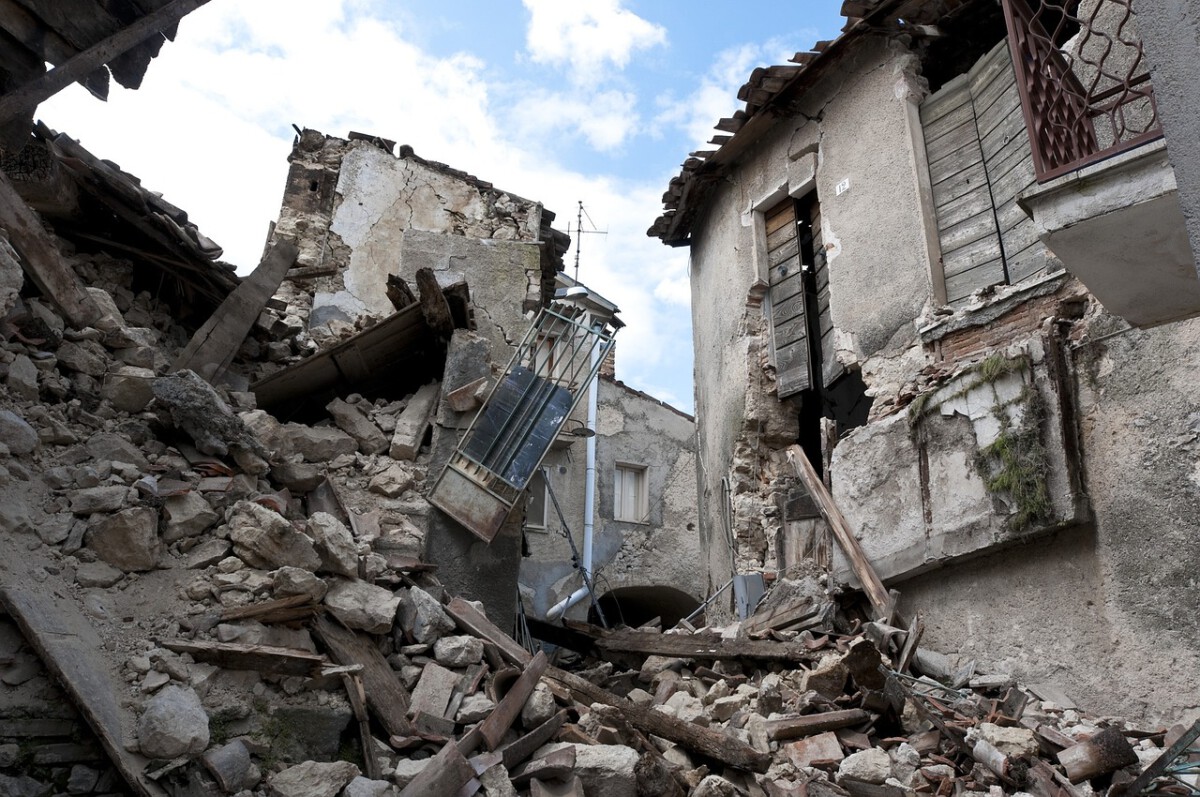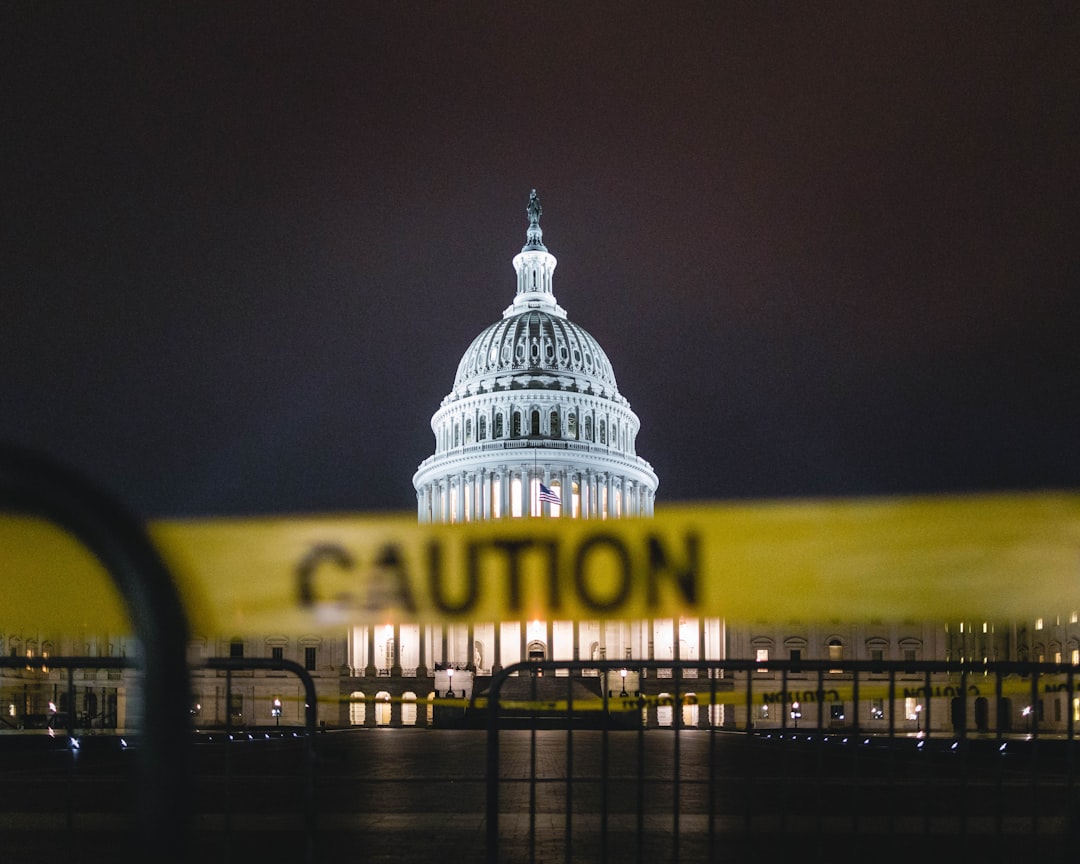Bhutan: Protecting Happiness Over Profits

Bhutan stands out as a country where happiness truly matters more than tourist dollars. The government’s unwavering dedication to Gross National Happiness has shaped its tourism policies for years. In 2023, Bhutan implemented a steep daily “Sustainable Development Fee” for tourists, and arrivals dropped by a staggering 30% compared to pre-pandemic levels. Now, in 2025, officials are openly debating the idea of banning tourist arrivals altogether. According to the United Nations World Tourism Organization, Bhutan’s leaders are worried that even regulated tourism threatens the nation’s cultural fabric and pristine environment. The pressure to keep their traditions alive is real, with local communities voicing concerns about rapid changes brought by foreign visitors. Many in Bhutan see tourism as a double-edged sword, bringing both revenue and a risk of cultural loss. These debates are not just hypothetical—the country’s parliament is actively reviewing stricter laws, making a total ban seem more likely than ever.
North Korea: Closing the Curtains on the World

North Korea has always been a fortress, letting in only a trickle of tourists under tight surveillance. However, geopolitical tensions in 2024 led to a sudden, indefinite closure of its borders. Travel agencies reported a jaw-dropping 95% drop in tourist arrivals, with the regime prioritizing national security over foreign income. Reports from the International Crisis Group in 2025 highlight that North Korea’s leadership views tourism as a threat to internal stability and information control. With ongoing missile tests and diplomatic standoffs, the regime shows no signs of softening its stance. Some insiders even say that tourist visits might never resume unless there’s a dramatic shift in international relations. The country’s government continues to issue stern warnings to potential visitors, making a total ban not just probable, but imminent.
Venezuela: Safety First, Tourists Last

Venezuela’s beauty and natural wonders have been overshadowed by a deepening economic and security crisis. As of 2025, the government is weighing a full ban on tourist arrivals, citing rampant crime and crumbling infrastructure. World Bank data from 2023 revealed that tourism revenues plunged by an alarming 80% in just one year. Travel advisories from the US, UK, and EU warn against all travel, painting a grim picture for would-be visitors. The government’s focus is now strictly on protecting citizens and stabilizing the economy, not on attracting travelers. Local businesses that once thrived on tourism have shuttered, and the remaining industry is on the brink of collapse. Officials have hinted that a formal ban could arrive at any moment, prioritizing security over the faint hope of a tourism revival.
Afghanistan: Closed for Visitors, Possibly Forever

Afghanistan’s landscape, once legendary among adventurous travelers, is now off-limits. Since the Taliban’s return to power, the country has effectively barred all foreign tourists, citing extreme security risks. By 2024, international arrivals had plummeted to zero, according to United Nations reports. Multiple governments worldwide have issued strict “Do Not Travel” advisories, and the Afghan government shows no sign of changing course. Infrastructure for tourism—hotels, guides, even basic transportation—has fallen into disrepair or been repurposed for internal needs. The Taliban’s public statements in 2025 emphasize internal consolidation, not opening up to outsiders. With no signs of peace or stability, tourism in Afghanistan appears to be a closed chapter for the foreseeable future.
Syria: A Nation Rebuilding, Not Welcoming

Syria’s once-thriving tourism industry has been decimated by years of civil war. In 2023, the country recorded less than 1% of its pre-war tourist numbers, a shocking statistic confirmed by the UNWTO. The ongoing conflict, devastated infrastructure, and widespread security risks make the prospect of a tourist ban very real. The Syrian government has stated that all efforts are currently directed toward reconstruction and humanitarian aid, not hospitality. Many historical sites remain damaged or inaccessible, and foreign embassies continue to warn citizens against travel. In 2025, discussions in Damascus have revolved around formalizing what is already an unofficial ban, aiming to focus all resources on rebuilding rather than accommodating tourists.
Iran: Tensions and Travel Restrictions

Iran’s rich culture and ancient sites are overshadowed by growing political tensions. The government has faced mounting pressure from both inside and outside the country to tighten border controls. In 2024, international tourism arrivals dropped by 50%, largely due to new travel warnings and stricter visa requirements. The Iranian leadership, wary of espionage and protests, is now considering a ban on all tourist arrivals as sanctions and diplomatic disputes escalate. Official statements in 2025 reiterate that national security takes precedence over economic gains from tourism. Many tour operators have already suspended trips, and travelers report increased scrutiny and restrictions at borders. The climate remains tense, with the potential for a blanket ban looming large.
Yemen: Humanitarian Crisis Takes Center Stage

Yemen’s breathtaking landscapes and ancient cities are now inaccessible due to an unrelenting humanitarian catastrophe. In 2023, tourism was virtually non-existent, confirmed by international aid organizations and the World Bank. The government, grappling with food shortages, medical emergencies, and ongoing conflict, is openly discussing a full ban on tourist arrivals. Reports from the International Crisis Group highlight that even humanitarian workers face immense challenges entering the country, let alone tourists. Infrastructure has collapsed, and safety concerns are at an all-time high. In 2025, the government’s priority is survival and stability, not tourism, making a total ban the logical next step.
Myanmar: Turmoil and Travel Warnings

Myanmar’s lush landscapes and golden temples have faded from travel wish lists since the 2021 military coup. By 2024, international arrivals had dropped by 70%, as reported by the United Nations World Tourism Organization. The ruling regime is now considering a full ban on tourist arrivals to maintain internal control and manage widespread protests. Western embassies have urged their citizens to avoid travel, citing dangers ranging from arbitrary detention to violent clashes. The government has tightened visa rules and limited access to major cities. Local tour guides and hotels report near-zero bookings, and the national debate centers on isolation as a means of regaining order. The likelihood of a formal ban looms large as instability continues.
Central African Republic: Too Dangerous to Visit

The Central African Republic, rich in natural beauty and wildlife, is now one of the world’s least-visited countries due to chronic instability. In 2023, tourism numbers dropped to less than 5% of pre-crisis levels, confirmed by the World Bank and UNWTO. Ongoing violence, kidnappings, and lack of infrastructure make travel perilous. The government is considering a complete shutdown of its borders to tourists as security forces struggle to maintain control. International organizations consistently rank CAR among the world’s most dangerous destinations. Local leaders say the risks of hosting foreigners far outweigh any potential economic benefits. With continued unrest in 2025, a total ban is a likely outcome.
South Sudan: Conflict and Collapse

South Sudan, the world’s youngest country, is plagued by relentless conflict and humanitarian disasters. By 2024, the number of foreign tourists had dwindled to almost zero, as confirmed by international NGOs and the World Bank. The government is now openly considering a full ban on tourist arrivals, prioritizing internal security and aid distribution over any form of hospitality. Infrastructure is minimal, and violence remains widespread. Multiple governments have issued the highest level travel warnings, and most airlines have suspended flights. Authorities state that a ban would help channel resources toward peace and stability. The situation in 2025 remains grim, with little hope for a tourism rebound.








